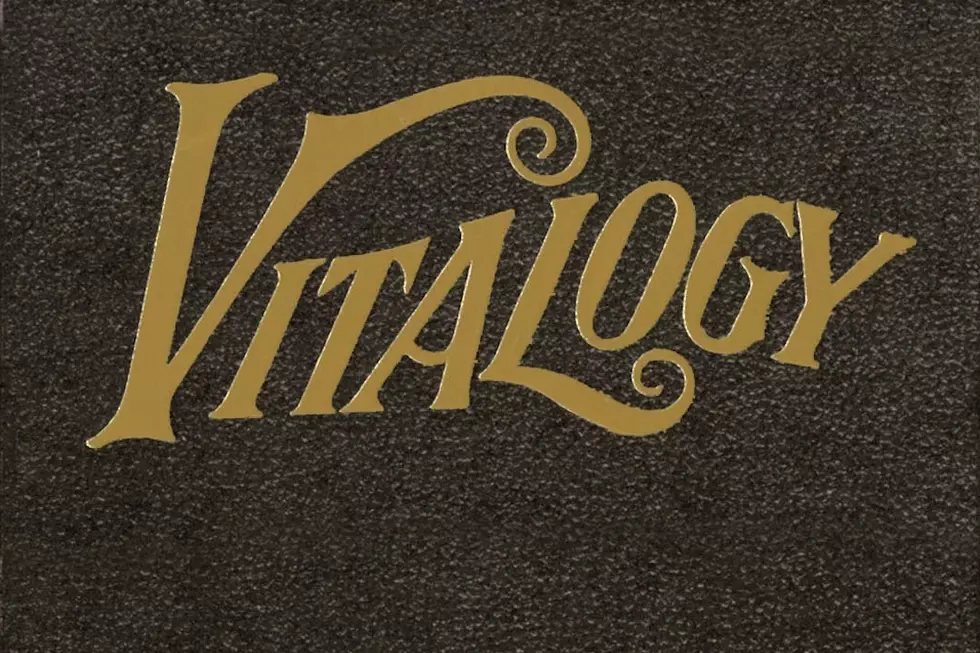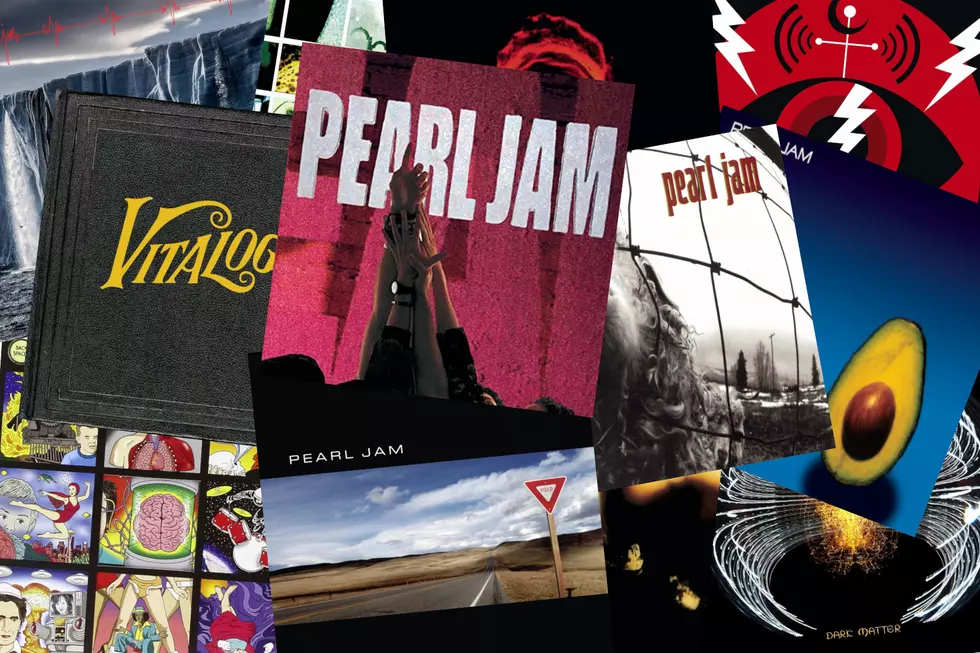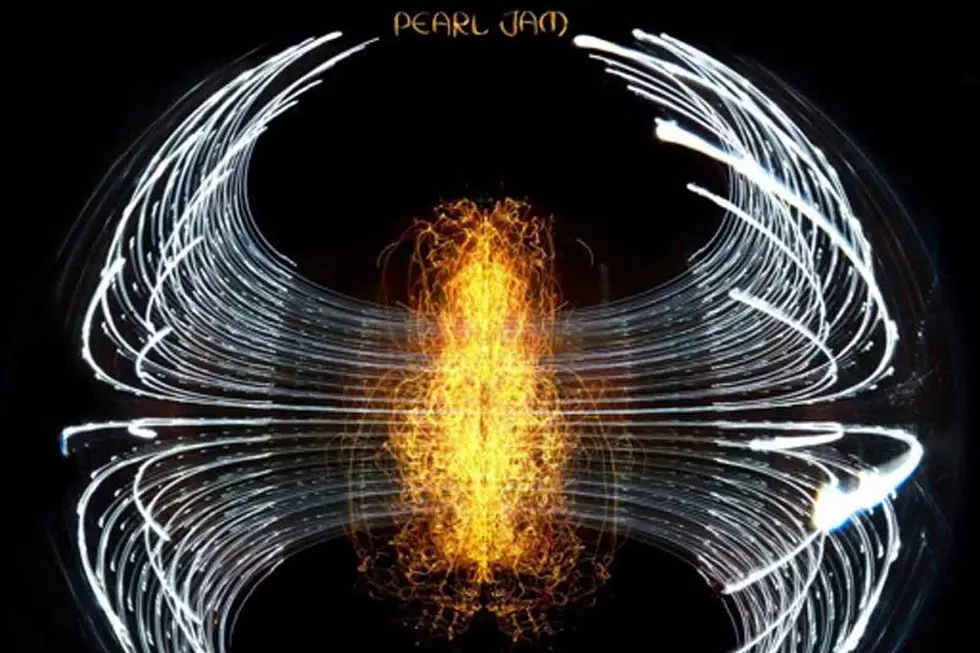
How Pearl Jam Nearly Imploded During the Making of ‘Vitalogy’
When Nirvana leader Kurt Cobain took his own life in April 1994, many people saw the tragedy as a death knell for grunge, the Seattle-based phenomenon that had dominated and determined musical trends in recent years. But the reality is that life, and even alternative rock, went on.
Proof came in the form of Pearl Jam’s third studio release, Vitalogy, which arrived on Nov. 22, 1994.
Not that there was anything easy about the album’s recording process, which was carried out in fits and spurts over several months amid Pearl Jam’s grueling tour in support of the previous year’s multi-platinum Vs. album. Sessions were conducted in New Orleans, Atlanta – the base of producer Brendan O'Brien – and Seattle.
More importantly, Vitalogy was a pivotal album for Pearl Jam because it marked a shift in their internal balance of power: from the leadership of founding members, guitarist Stone Gossard and bassist Jeff Ament, to that of singer Eddie Vedder, whose songwriting presence and overall creative vision would largely guide the band’s career from this point forward.
With lead guitarist Mike McCready spending time in rehab, while drummer Dave Abbruzesse on his way to being marginalized and then fired, Pearl Jam came dangerously close to complete collapse in ‘94. (Abbruzesse's drum tech played on "Satan’s Bed"; his successor Jack Irons was on "Hey Foxymophandlemama, That's Me.") "Vitalogy was a little strained," O'Brien told Spin in 2001. "I'm being polite: There was some imploding going on."
Listen to Pearl Jam Perform 'Better Man'
They ultimately managed to navigate these challenges and marshal their talents into an impressively varied collection of songs, ranging from the urgent punk rock catharsis of "Last Exit" and Gossard’s "Spin the Black Circle" (an ode to vinyl in the CD era) to the stripped down melodicism of Ament’s "Nothingman" and Vedder’s dual threat of "Better Man" and "Immortality."
In between, fans encountered a few freakish departures, like the paranoid accordion madness of "Bugs" and the chanting "Aye Davanita." But there were also copious new examples of Pearl Jam’s brooding, lyrically dense, but ever-catchy, brand of modern rock in the likes of "Not for You," "Tremor Christ" and "Corduroy."
And there was certainly no cause for concern once Vitalogy hit record store shelves (exclusively in vinyl first; then on CD two weeks later). It quickly reached No. 1 on the Billboard charts, nearly matching the record-breaking sales figures achieved by its predecessor, and going on to ship an estimated five million units in America alone.
Grunge, it seemed, was alive and well after all — but only for the moment, since its leading champions (Alice in Chains, Soundgarden and Mudhoney) would each face disparate trials in the years that followed.
Unfortunately, Pearl Jam themselves never saw such mainstream success again either, thanks to an ill-fated battle with Ticketmaster and their utterly contrarian next album, 1996’s No Code.
Top 30 Grunge Albums
Gallery Credit: UCR Staff
Heart’s Ann Wilson Discusses the Rise of the Seattle Scene
More From Ultimate Classic Rock









